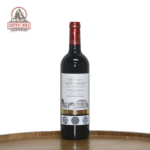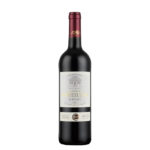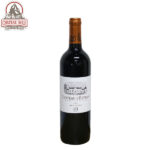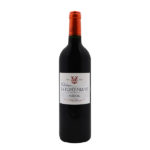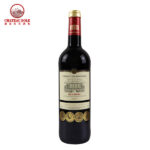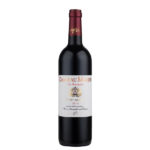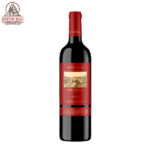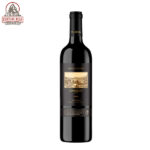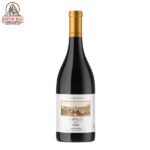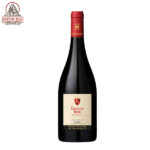Medoc
Médoc, the most prestigious winegrowing region in the world, didn’t achieve its reputation naturally. Until the 17th century, this area—home to four First Growth Bordeaux Chateaux—was an unfarmable bog.
The late-ripening Cabernet Sauvignon variety is the Médoc’s celebrity grape, but its northern latitude star-turn was only made possible when Dutch engineers drained the swampy land. The gravel soil that emerged beneath the much came to define the best vineyard sites in Médoc, particularly for their ability to retain and transfer heat to vines as the evenings cool. These soils also gave rise to incredibly successful grape-growing endeavours throughout the Médoc’s sub-regional divisions.
Six villages in the southern Haut-Médoc have their own appellations, which include the illustrious Margaux and Pauillac, plus St. Julien, St. Estephe, Moulis, and Listrac.
Where gravel gives way to heavier clay soils in the north, the wines are simpler and carry the general Médoc appellation.
Looking north from the city of Bordeaux, the overarching Médoc appellation covers a long and narrow 50-mile stretch of land along the western (or left) bank of the Gironde River—that’s why it’s commonly referred to as the “Left Bank” of Bordeaux.
There are around 16,000 hectares (39,500 acres) of vineyards within the wider Médoc region, including the various smaller appellations. Around 5500ha (13,600 acres) of vines are classified for production of Médoc AOC/AOP wines.
Most wines sold under the generic Médoc AOC have traditionally been slightly less ambitious and cellar-worthy than those from the grand châteaux of the Haut-Medoc. But in recent decades viticultural and winemaking techniques used by the more successful Haut-Médoc producers have been widely adopted. This has allowed a number of producers here to create affordable high quality wines.
Showing 1–9 of 10 results




